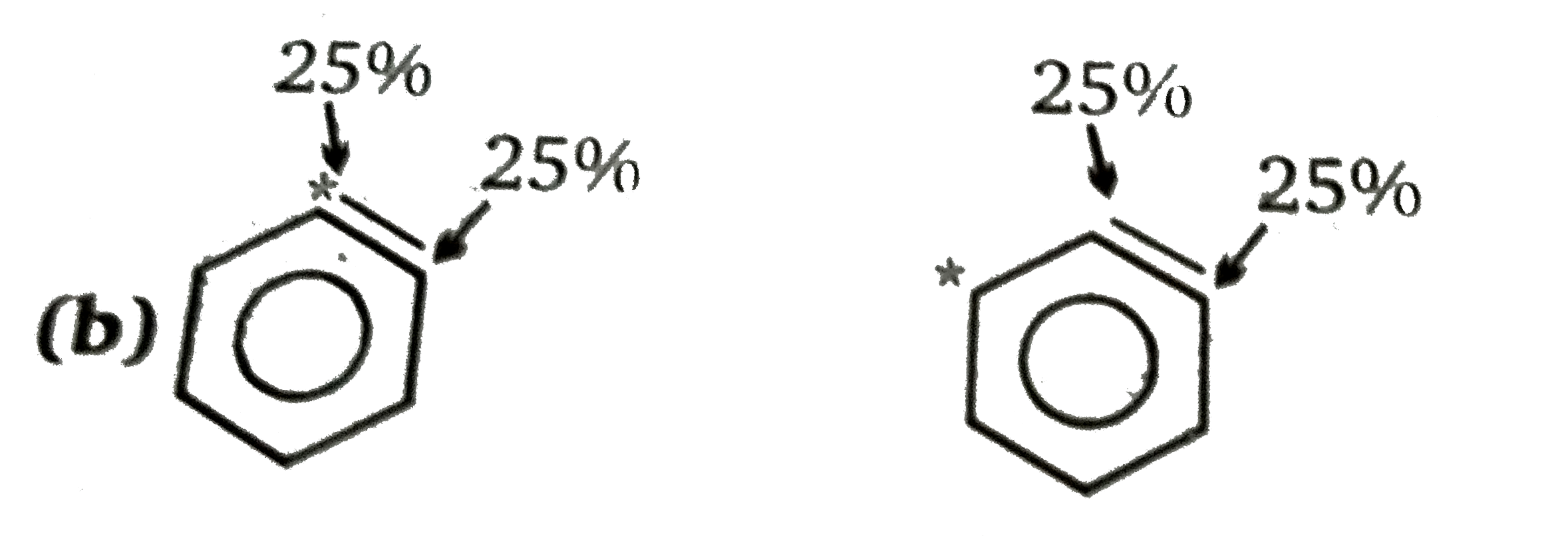Two benzyne intermediates are likely to be formed equally. Reaction with amide ion can occur in two different directions with each benzyne, giving three possible products. They are formed in a 1:2:1 ratio. Asterisk (*) refers to .14C.
 Major product (A) is:
Major product (A) is:
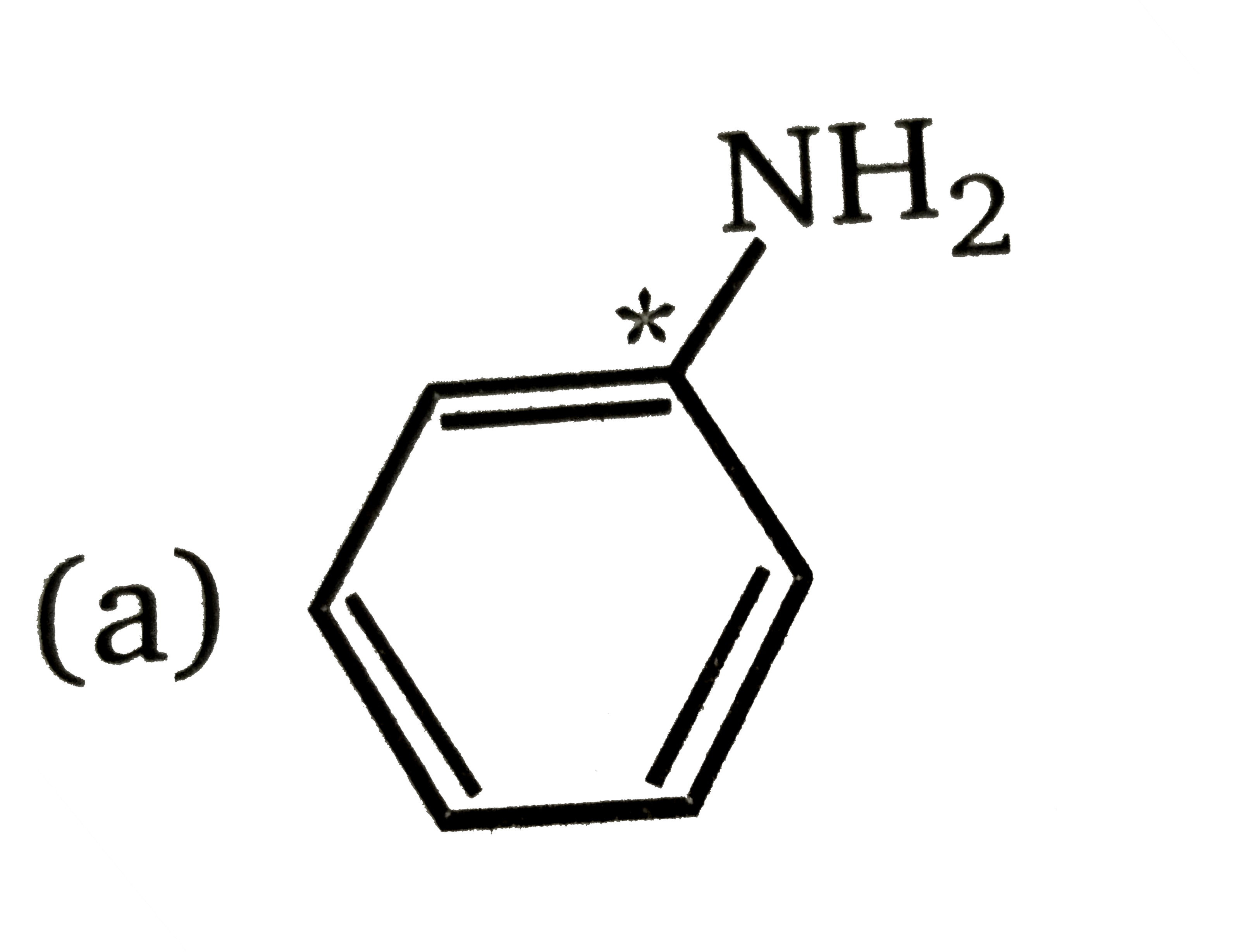
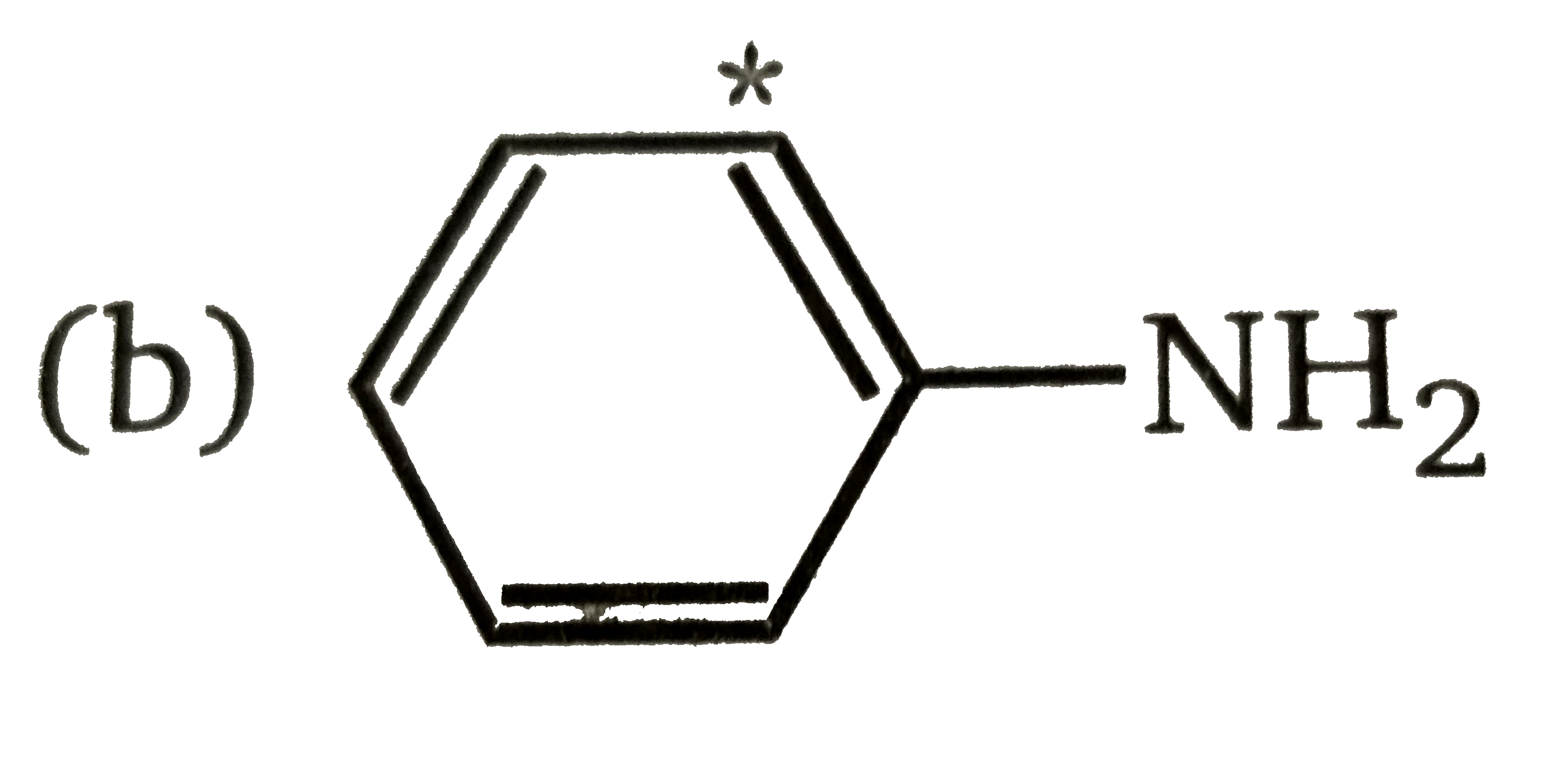
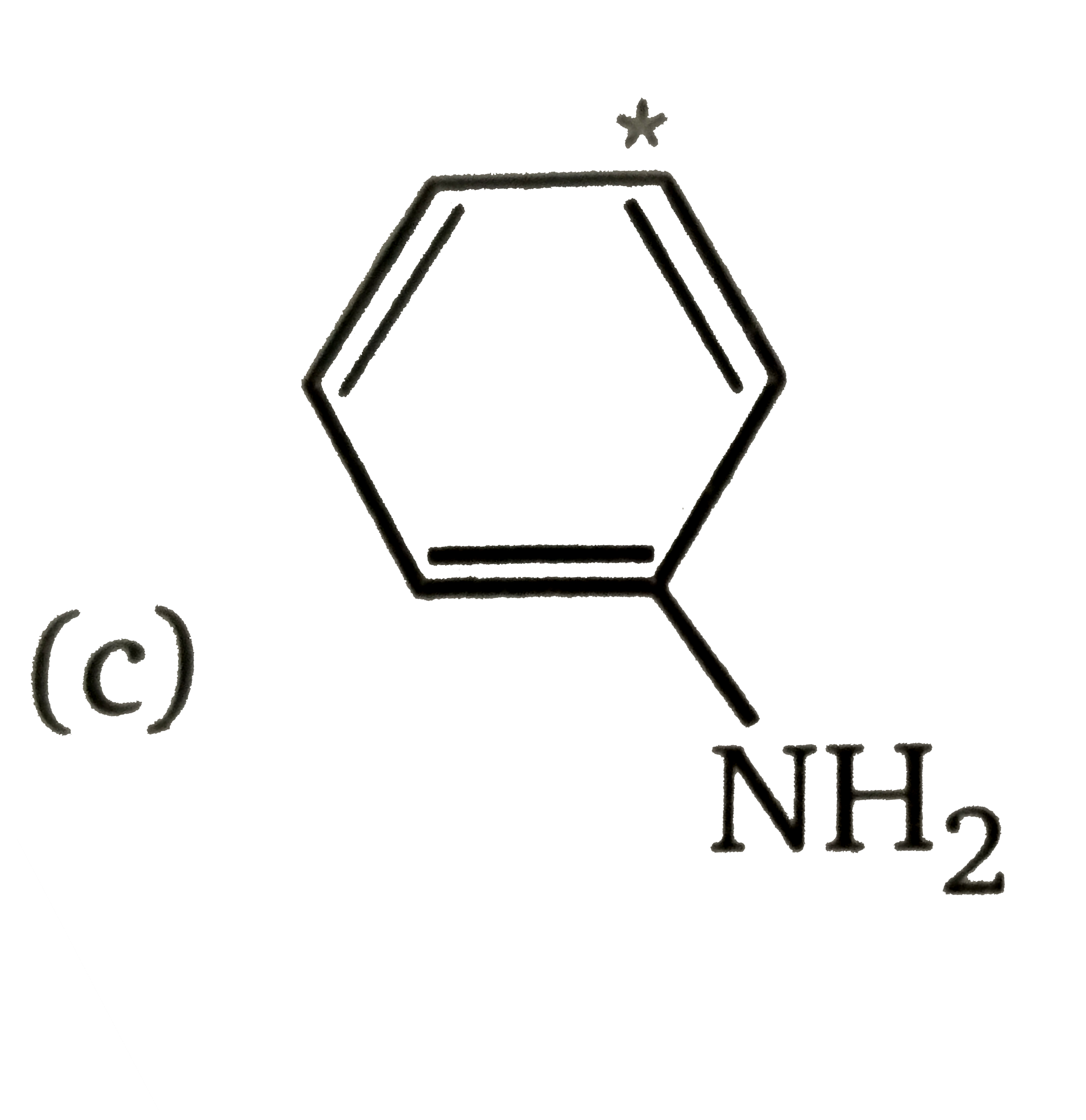
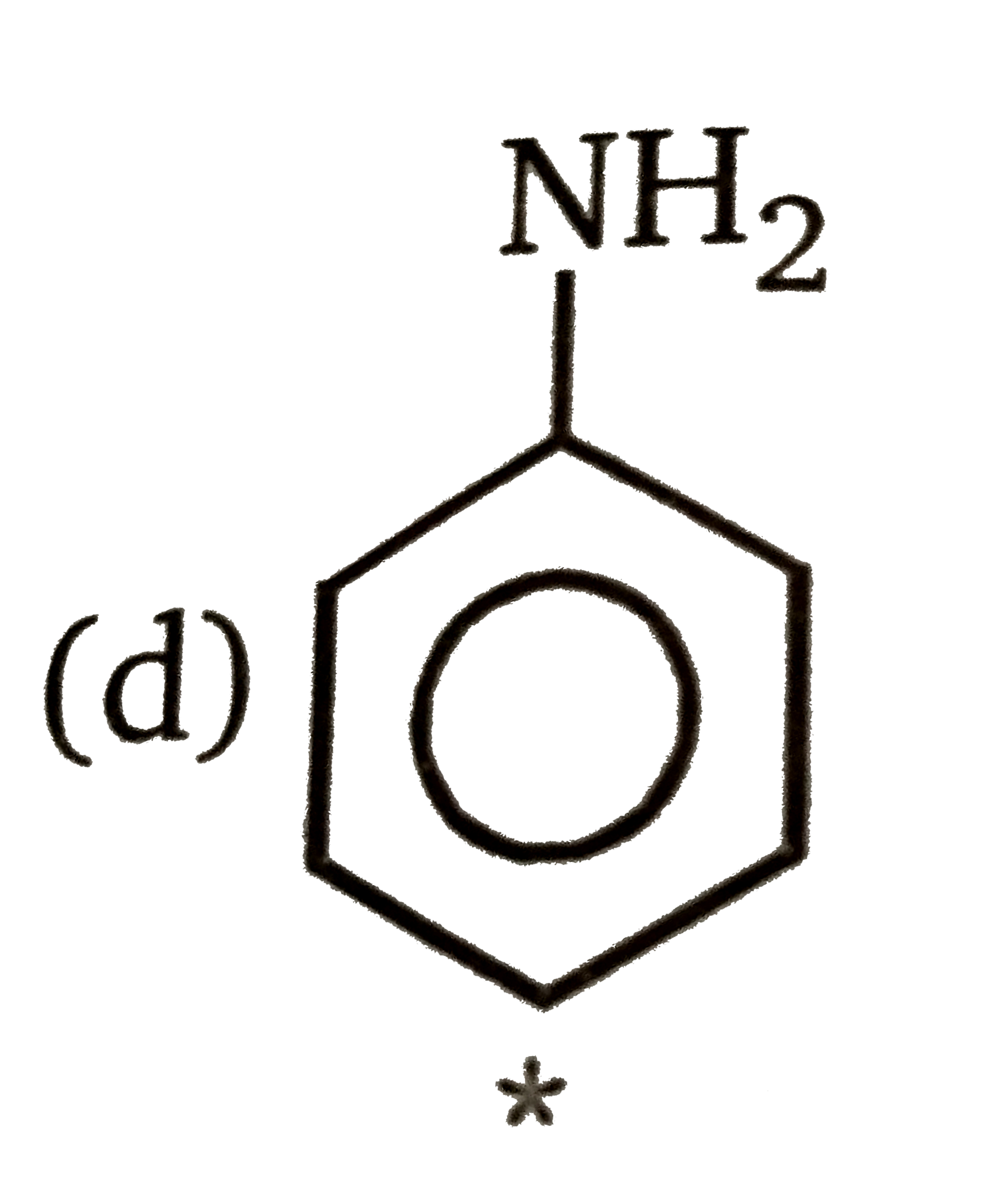
The correct Answer is:B
Topper's Solved these Questions
- BOOK - MS CHOUHANCHAPTER - AROMATIC COMPOUNDSEXERCISE - Level 1 (Q.31 To Q.60)1videos
AROMATIC COMPOUNDS
- BOOK - MS CHOUHANCHAPTER - AROMATIC COMPOUNDSEXERCISE - Level 1 (Q.121 To Q.150)3videos
AROMATIC COMPOUNDS
- BOOK - MS CHOUHANCHAPTER - AN INTRODUCTION TO ORGANIC REACTIONS AND THEIR MECHANISMS ACIDS AND BASESEXERCISE - ADDITIONAL QUESTION (SINGLE CORRECT CHOICE TYPE )32videos
AN INTRODUCTION TO ORGANIC REACTIONS AND THEIR MECHANISMS ACIDS AND BASES
- BOOK - MS CHOUHANCHAPTER - BIOMOLECULESEXERCISE - Level 21videos
BIOMOLECULES
Similar Questions
Addition of HBr to 2-butene
gives two products while that of HBr to 1-buane
gives three products . Explain why ?View Solution(a) Explain the free radical polymerisation of styrene.
(b) The following two possible products can be formed in this reaction:(I)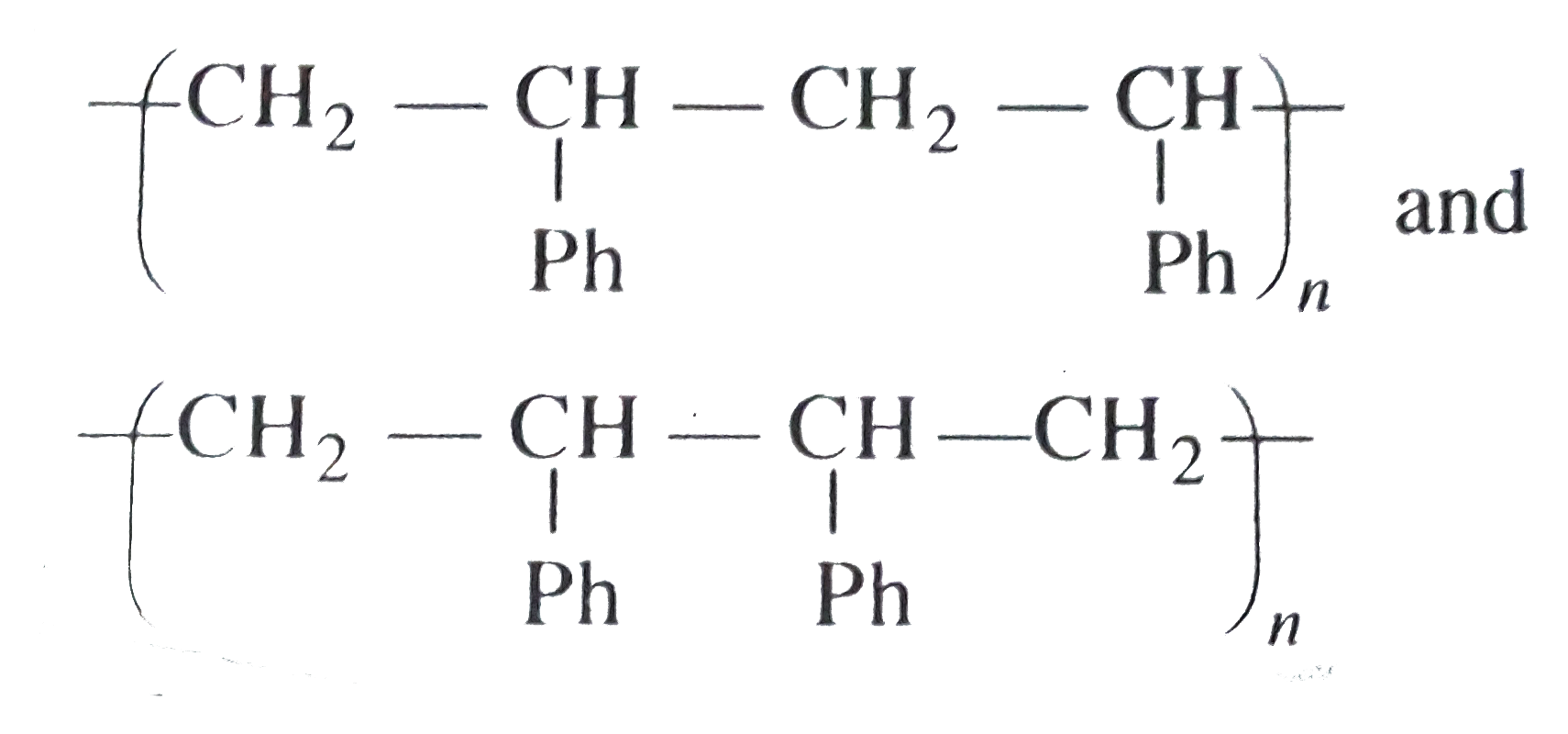
Which product is formed and why?View Solution
Knowledge Check
- Question 1 - Select One
When two possible alkenes can be formed in a reaction the most stable alkene is the preferred product This generation is known as
AMarkovnikov ruleBAnti-markovnikov ruleCSaytzeff ruleDHuckel's rule - Question 2 - Select One
Schemes 1 and 2 decribe sequential transformation of alkynes M and N. Consider only the major products formed in each step for both the schemes.
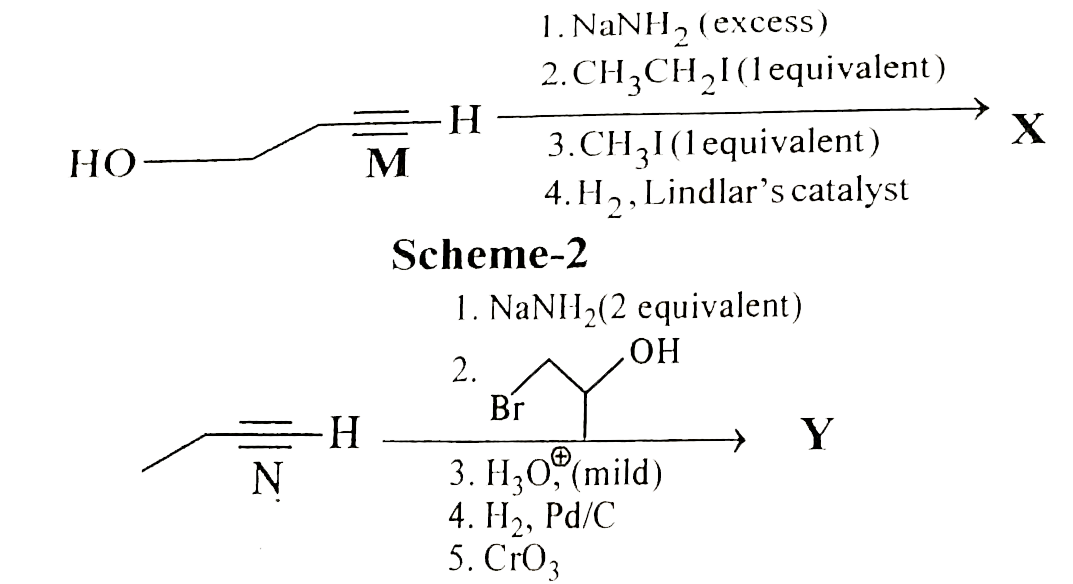
The correct statement with respect to product Y is :AIt gives a positive Tollen's test and is a functional isomer of X.BIt gives a positive Tollen's test and is a geometrical isomer of X.CIt gives a positive iodoform test and is a functional isomer of X.DIt gives a positive iodoform test and is a geometrical isomer of X. - Question 3 - Select One or More
Which can not be the major product formed upon addition of 1 mole of HBr in the following reactions is:
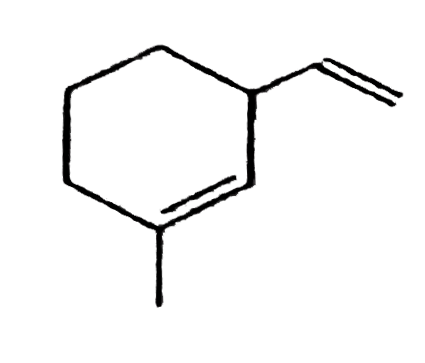 HBr1mol)→ major select?A
HBr1mol)→ major select?A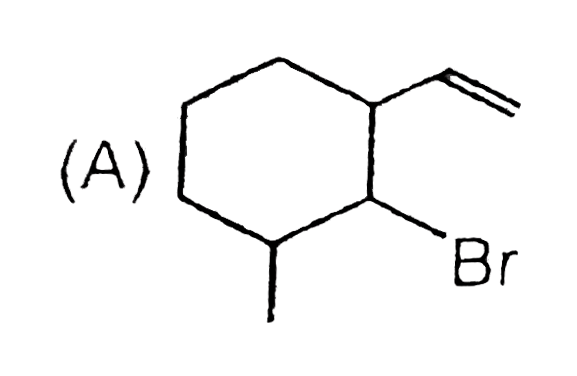 B
B C
C D
D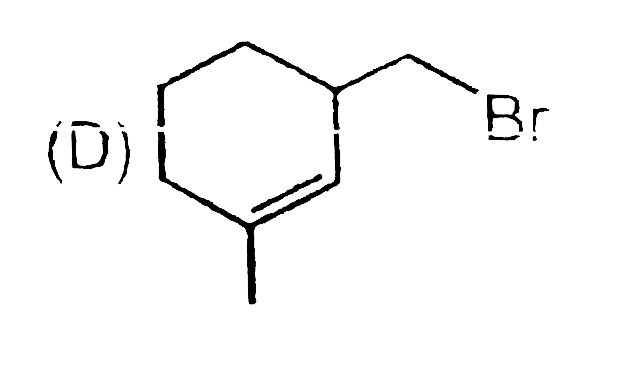
Give the products and mechanism for each of the following reactions. Explain why nucleophilic attack on the epoxide occurs at different sites in the two reactions.
 View Solution
View SolutionSchemes 1 and 2 describe sequential transformation of alkynes M and N. Consider only the major products formed in each step for both the schemes.
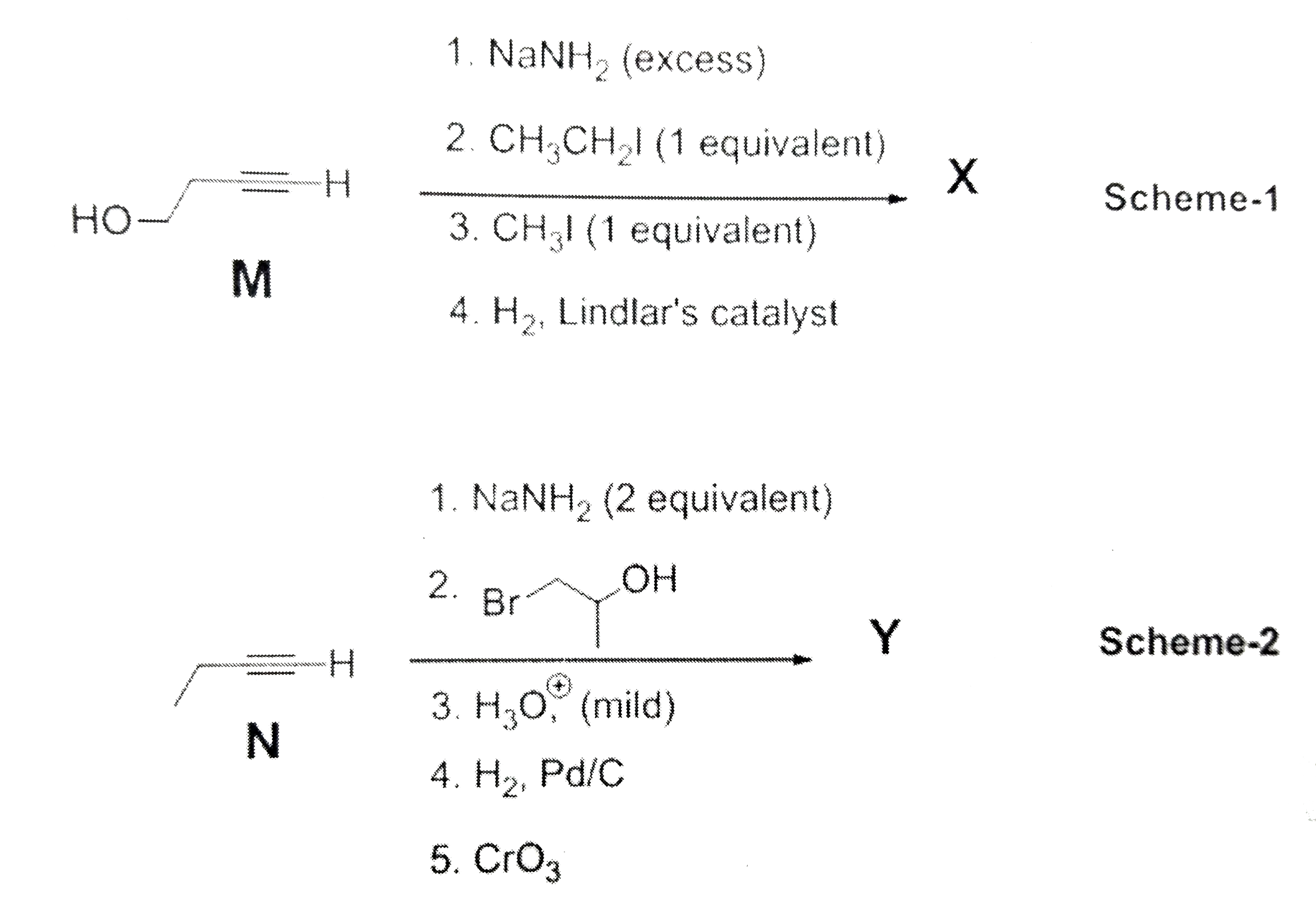
The correct statement with respect to product Y isView SolutionReactants A and B can react to give two different products C and D in two different reactions. The two reactions take place in two different mechanisms and D is found to be more energetically stable than C. But product C was found in larger amounts. How do you account for this ?
View SolutionSchemes 1 and 2 decribe sequential transformation of alkynes M and N. Consider only the major products formed in each step for both the schemes.
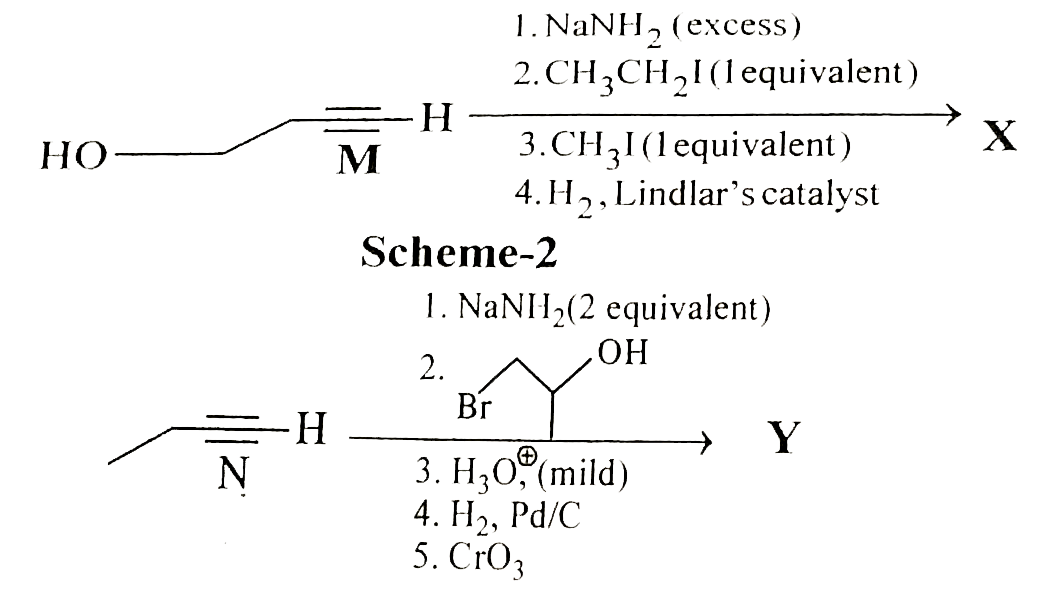
The product X is :View SolutionNucleophilic aliphatic substitution reaction is mainly of two types: SN1 and SN2. The SN1 mechanism is a two step process. Reaction velocity of SN1 reaction depends only on the concentration of the substrate. Since product formation takes place by the formation of carbocation, optically active substrate gives (+) and (-) forms of the product. In most of the cases the product usually consits of 5−20% inverted product and 80−95% racemised species. The more stable the carbocation, the greater is the proportion of racemisation. In solvolysis reaction, the more nucleophilic the solvent, the greater is the proportion of inversion.
For the gives reaction,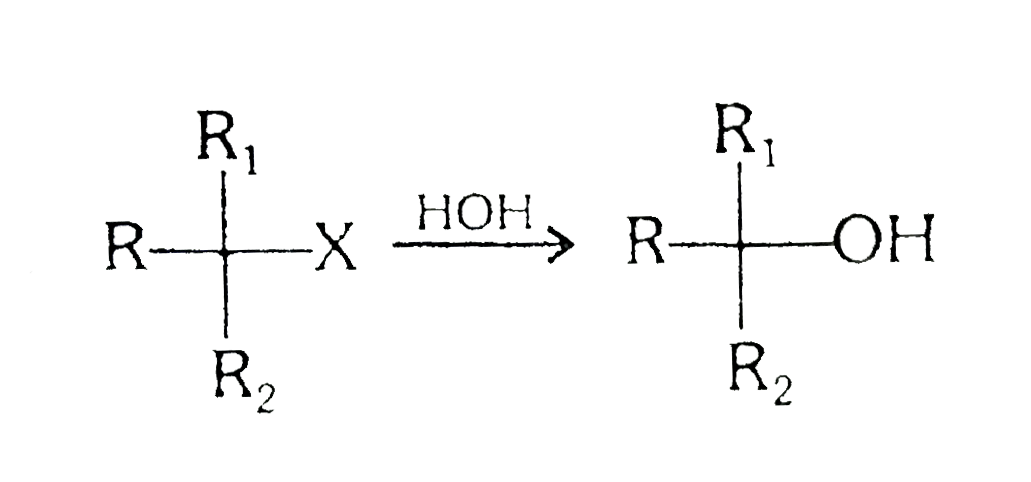
Which substrate will give maximum racemisation?View Solution


